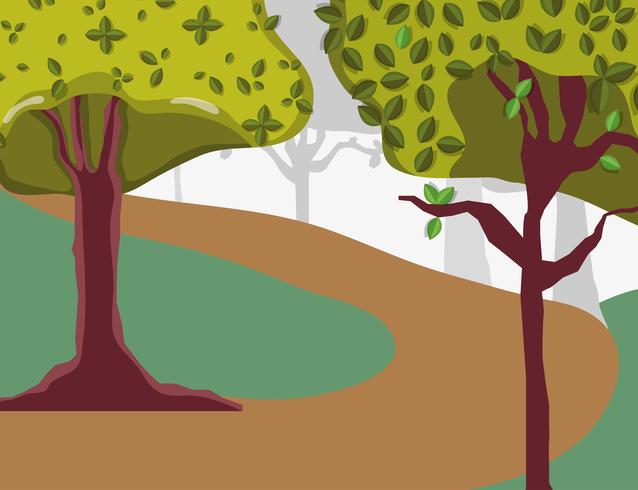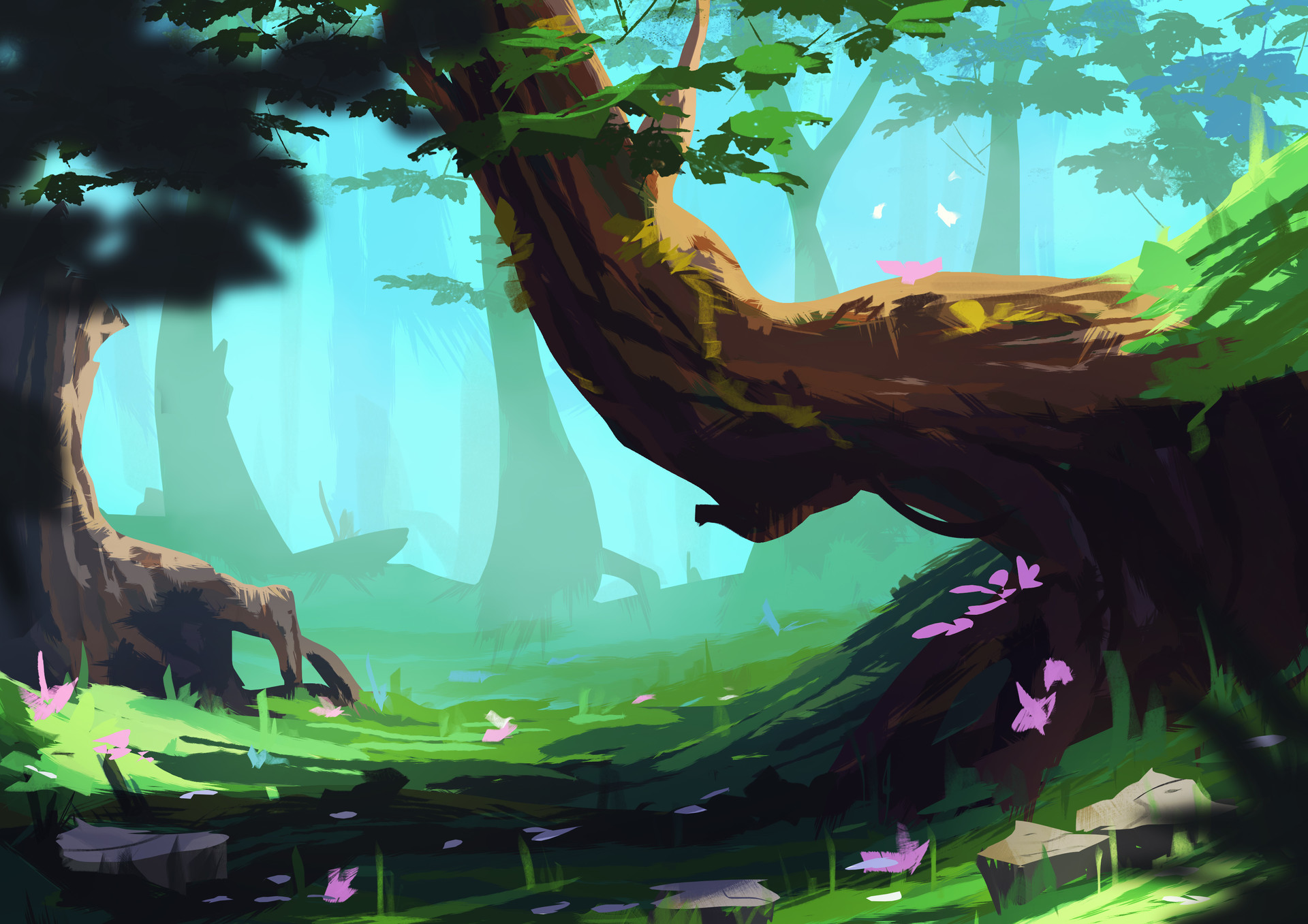
It consumes dead leaves, branches and other fuels that build up and stoke high-intensity blazes, she explains. Wildfire can be healthy for the landscape. “If we can have patches of broadleaf forest and if we actively manage to maintain those to create fire breaks … we can actually reconfigure our landscapes to be more resilient to climate change and more resistant to these very large fires,” Daniels says. Yet broadleaf forests do not burn as intensely as their coniferous counterparts. “We have this kind of old dogma in forestry that the broadleaf trees only slow down the growth of the needle-leaf trees so we don’t want them there,” she says.

It’s also common practice to remove broadleaf or hardwood trees, she says, sometimes using glyphosate, the main ingredient in the herbicide Roundup. is to replant coniferous trees intended to feed the forest industry. government to approve extensive clear-cut harvesting to salvage the economic value of the beetle-killed timber.Īfter logging, Daniels says the predominant approach in B.C. The warming and drying trend that began in the mid-2000s coincided with pine beetle outbreaks that left swaths of B.C.’s forests dead, dry, brittle and ripe for wildfire. The researchers say climate change is not the only culprit, though. “According to a lot of projections, in 20, 30 years is where you would have seen a real amplification of these fire regimes, but (it happened) around the turn of the millennium, so a fair bit earlier,” Parisien said.

However, both researchers say it came sooner than expected. The surge in large, intense wildfires is not surprising given climate projections for the province over the coming decades, says Marc-André Parisien, a research scientist with the Canadian Forest Service based in Edmonton who led the study. Between 19, just three years saw more than 5,000 square kilometres. The paper published last week notes wildfires scorched more than 10,000 square kilometres of land in B.C. and Canada, with wildfires scorching more than 165,000 square kilometres across the country. This season has smashed records for area burned in B.C.

The province has experienced its four most severe wildfire seasons on record during the past seven years, in 2017, 2018, 20. corresponding with a warming and drying trend that began in the mid-2000s. “The sooner we do it, the better,” she adds.ĭaniels is the co-author of a paper published by the peer-reviewed journal Nature that examined data from the last century and found an “abrupt” uptick in wildfire activity in B.C. Shifting away from a timber-focused approach that prioritizes conifers over less-flammable broadleaf trees and ramping up prescribed burning are key steps toward protecting communities by supporting healthy, resilient forests, Daniels says. Reducing that vulnerability means transforming how B.C.’s diverse landscape is managed. “The thing we can control in the short term is the vulnerability of the landscape.” “Society is already paying a huge cost for these climate change-fuelled fires,” she says. The surge stems from a combination of climate change and entrenched forest management practices, which have together created a landscape more conducive to large, high-intensity blazes, says Lori Daniels, a professor in the department of forest and conservation sciences at the University of B.C. The onset of large, severe wildfires that threaten communities year after year has occurred earlier in British Columbia than previous research projected, and experts say the record-shattering 2023 season must serve as a springboard for action.


 0 kommentar(er)
0 kommentar(er)
